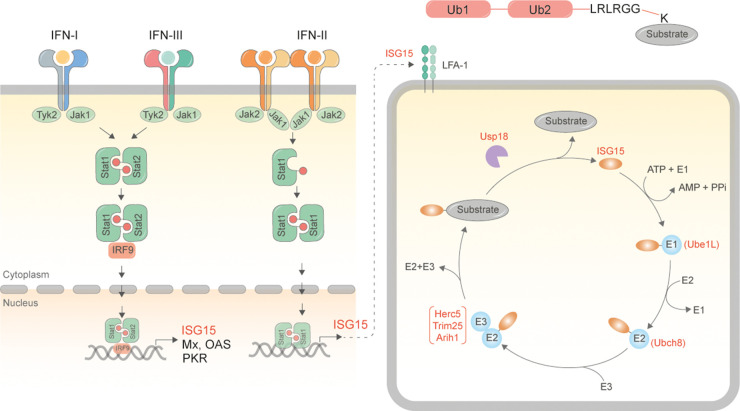Figure 1. Schematic for synthesis of ISG15 and ISGylated proteins.
Binding of interferons to interferon receptors (type I, II, III) as a consequence of viral infection results in activation of the JAK/STAT signalling cascades [3,4]. Type I and III interferons bind to heterodimeric IFNAR1/IFNAR2 whereas type II binds to IFNAR1/IL-10R, triggering phosphorylation of Stat1/Stat2 complexes. The trimeric complex with IRF9 traffics to the nucleus to bind interferon response elements to promote transcription of interferon stimulated genes. ISG15 is one of the early and most abundant ISGs produced in IFN-stimulated cells. ISG15 can either be secreted out from these cells [5] or be conjugated to substrates via the sequential activity of Ube1L [7], Ubch8 [8] and Herc5 [9,10]/Trim25 [11,12]/ARIH1[13,14] enzymes. Modification is reversed by the activity of the de-ISGylating enzyme Usp18 [15], while free ISG15 can be taken up by binding to LFA-1 [85].

